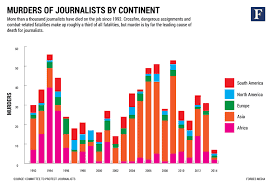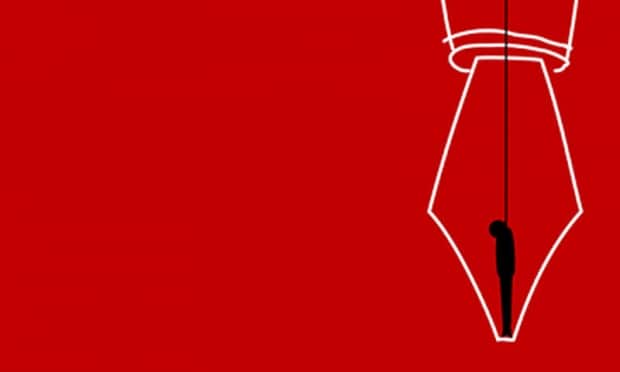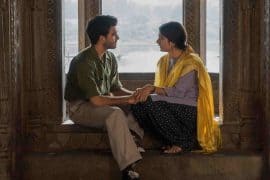It is a profession that has been romanticised and dragged through the dirt in equal measures. The media having ‘sensationalised’ a particular piece of news, or having taken sides and leaned towards a particular faction in the contention for political power, are hotly debated topics at almost every dinner table. Well, all Arnab Goswami knows is to shout and newspapers these days are making news out of all sorts of silly things, the Uncle next door is always quick to observe while Dad watches television. The fact that the profession is also fraught with danger is easy to overlook.
The beheading of journalists James Foley and Steven Sotloff by the ISIS are probably the most well known recent incidents of violence against journalists. Similarly, Daniel Pearl, a journalist with The Wall Street Journal, was abducted and killed by a terrorist outfit in 2002 on grounds of being a spy while he pursued a story. Though these attacks were not specifically targeted against the profession, and the ISIS has beheaded several aid workers and civilians as well, these instances of violence serve the purpose of reiterating the fact that reporters, photojournalists and other media personnel in conflict-ridden areas are extremely vulnerable and prone to attacks and kidnapping.
In countries facing civil war or unstable political authority, the law and order situation is in a state of chaos and arbitrariness. Therefore, chances of journalists being protected by the correct enforcement of legal procedures is also unlikely in such states where the administration itself is in shambles. War-torn Iraq and Syria are, not surprisingly, considered to be the most dangerous countries for journalists, where journalists are often caught in the crossfire between the different groups involved in the conflict. Non-state groups like the Islamic State and Al Qaeda are largely responsible for attacks in such countries.
According to Reporters Without Borders (RSF), 110 journalists have been killed in 2015. These killings have not been restricted to conflict-ridden areas. On the contrary, the majority were killed in supposedly ‘peaceful’ countries. For instance, the attack on the Charlie Hebdo office in Paris by jihadist gunmen killed 12 individuals, including 8 journalists, in response to a controversial cartoon published by the satirical magazine. Jordanian writer, Nahed Hattar, was recently killed over a cartoon that allegedly insulted Islam. The question of freedom of speech and expression is inextricably tied with that of the murder of journalists in countries that are otherwise not at war, India included. India was ranked third in the list of countries considered to be the most dangerous for journalists in 2015, with 9 reporters losing their lives in the same year. The report by RSF states that Indian journalists covering crime and its relation to politicians have been particularly susceptible to violence.
The question of violence against women journalists is not restricted to areas of conflict. The Committee to Protect Journalists (CPJ) finds that gender based violence against women journalists is an everyday affair that has a severe impact on the freedom of press. Threats of rape and death are common occurrences in the lives of women journalists. In countries where the freedom of women over their own bodies is questioned, the rights of female journalists become harder to defend. Journalists belonging to the LGBTQ+ community are just as liable to be attacked and shamed.
Government regulations strictly enforcing the freedom of press alongside training imparted to journalists in conflict ridden areas may possibly contribute to reducing violence against personnel associated with the media. More importantly, it is the mindset and attitude of people in most countries which requires a drastic change. Safety of women journalists can hardly be protected if women do not feel safe out on the streets or are not even given the basic freedom to wear what they please.
Here’s an interesting article on female photojournalists working in areas of conflict:
https://www.theguardian.com/media/2014/may/25/female-photojournalists-visions-of-conflict-war-reporting
Featured image credits: southasianmedia.net
In-line image: Forbes Magazine
Abhinaya Harigovind





Comments are closed.